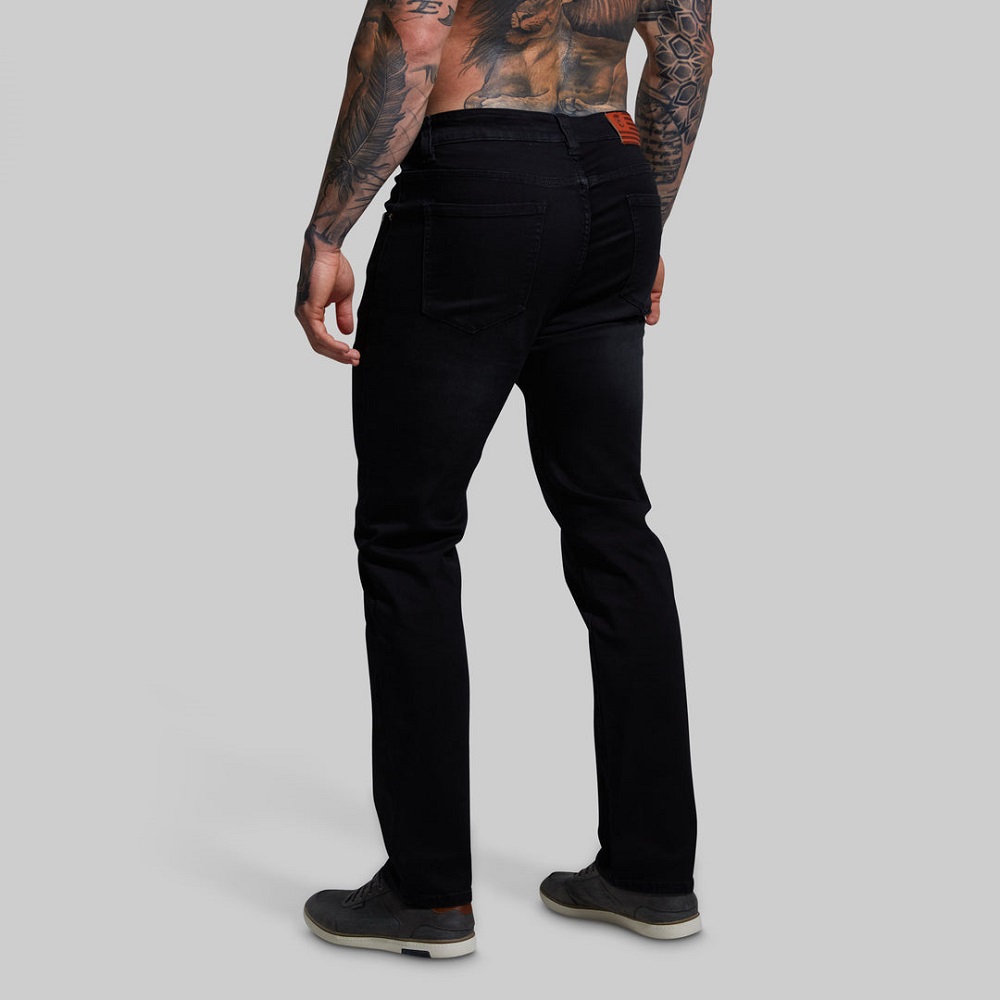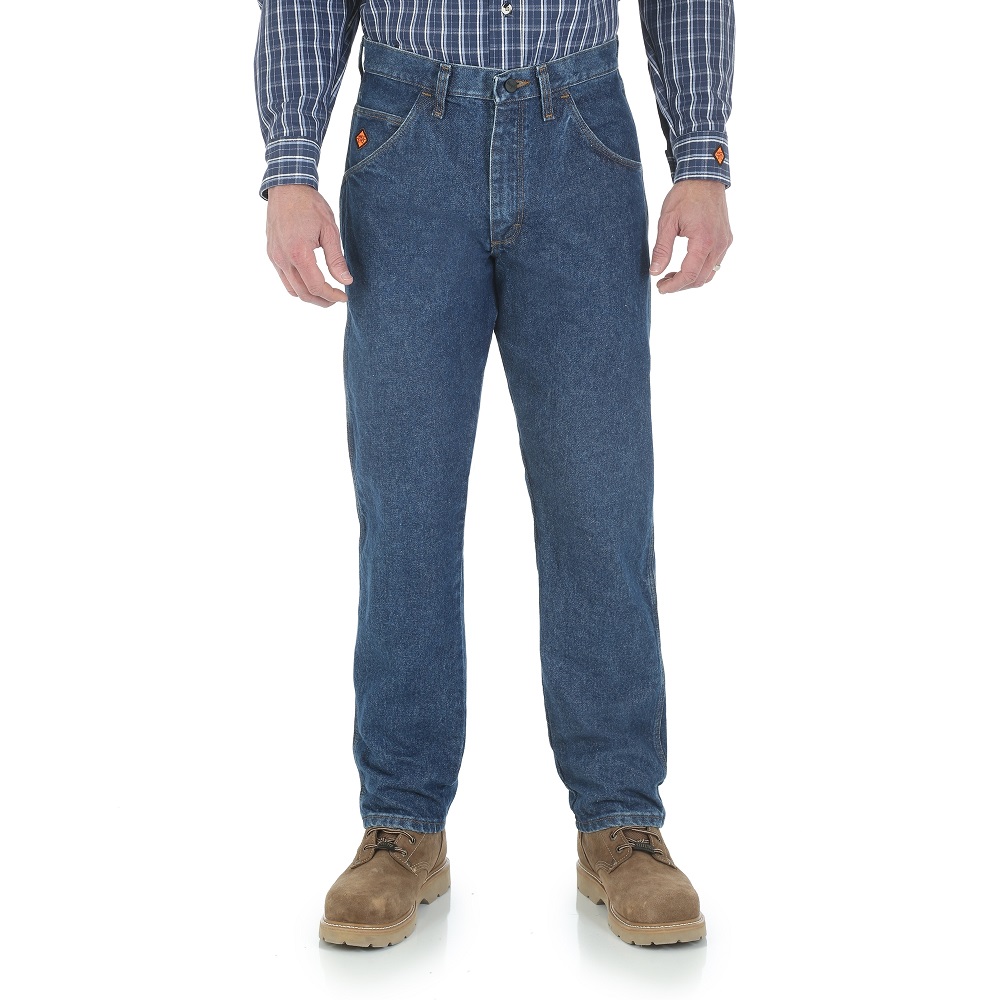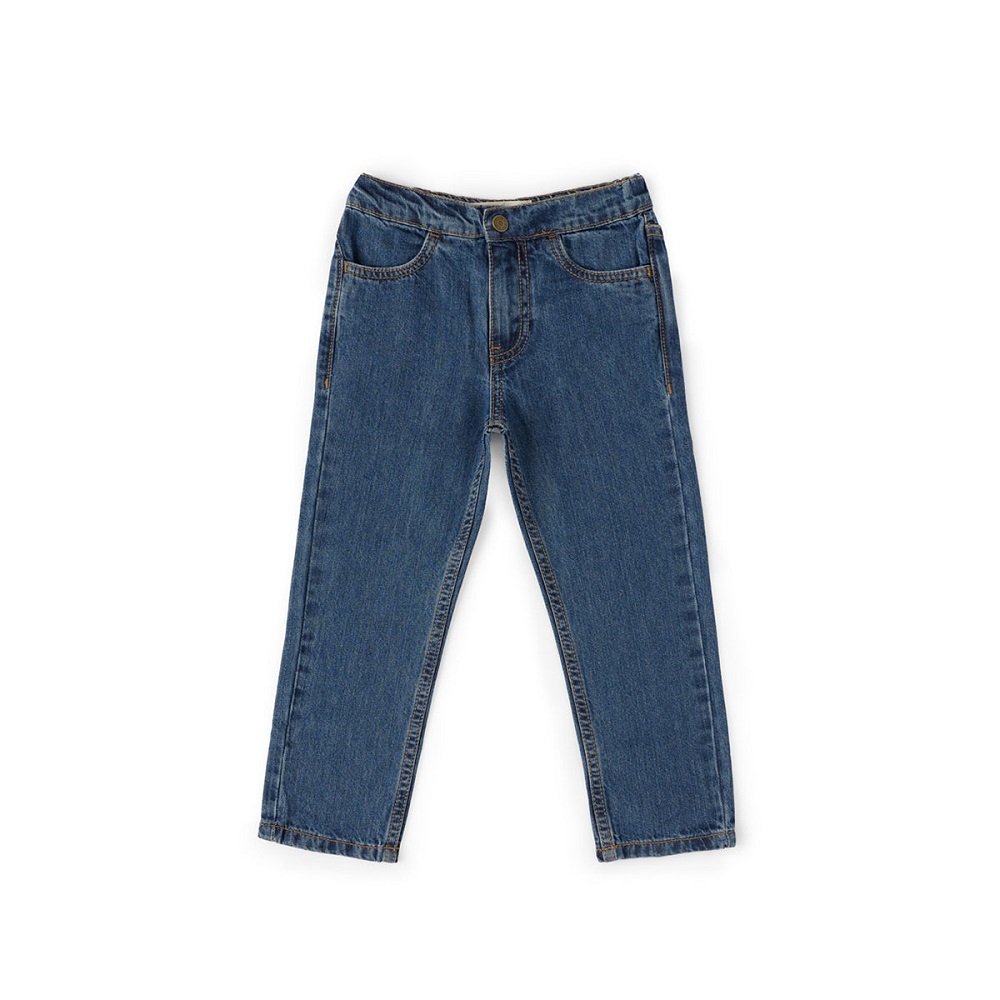Jeans are a staple in many wardrobes, cherished for their durability, versatility, and timeless style. However, proper care is essential to maintain their appearance and longevity. How to wash jeans? Washing jeans incorrectly can lead to fading, shrinking, or even losing their shape. To help you keep your denim looking fresh, this article outlines a step-by-step process for washing jeans. With these guidelines, you can ensure your favorite pairs of jeans stay in excellent condition.
Read the Care Label
Understanding the Importance of Care Labels
Before washing your jeans, it is vital to read the care label sewn into the waistband or side seam. This label provides specific instructions from the manufacturer regarding washing, drying, and ironing your jeans. Following these recommendations is essential for optimal care, as they can vary based on the fabric and dye used.
Care labels often indicate the recommended water temperature, wash cycle, and drying method. For example, some jeans may advise cold water washes to prevent fading, while others may be machine washable at a specific temperature. Additionally, the label may note whether the jeans can be tumble dried or should be air-dried instead.
Common Symbols and Terminology
Understanding care symbols is also helpful when washing your jeans. A washing machine icon typically indicates machine washing is appropriate, while a hand in a tub suggests hand washing is preferred. An iron icon may indicate the use of a low heat setting for ironing, while a circle with a cross indicates that the garment should not be dry cleaned.
Taking a few moments to review this information can prevent costly mistakes. By adhering to the manufacturer’s guidelines, you extend the lifespan of your jeans and maintain their quality.

Sort Your Laundry
The Importance of Sorting
Sorting your laundry before washing is a critical step that many people overlook. Proper sorting helps prevent color bleeding and keeps your clothes looking their best. Dark-colored jeans can transfer dye onto lighter fabrics if washed together, resulting in unwanted stains.
To sort laundry effectively, group items by color. Create separate piles for dark, light, and white fabrics. Additionally, consider sorting by fabric type. Washing heavier items like towels and denim together can help balance the load, resulting in a more efficient wash.
Assessing the Condition of Jeans
Before washing your jeans, take a moment to inspect them for any stains or damage. If you notice specific stains, treat them before laundering. Using a stain remover or soaking the affected area can improve your chances of successfully removing the mark.
Additionally, check for loose threads or other damage that may worsen during washing. Repair any small issues before putting your jeans in the wash to prevent further wear and tear. Taking these extra precautions ensures your jeans stay in great condition.

Turn Your Jeans Inside Out
Benefits of Inside-Out Washing
Turning your jeans inside out before washing is a simple yet effective way to protect them. This practice helps minimize fading and extends the life of the fabric. By turning them inside out, you create a barrier that protects the outer surface from abrasive action during the wash cycle.
Moreover, washing jeans inside out helps preserve the finish and color of the denim. The inside of your jeans is typically less exposed to sunlight and friction, so this method can help maintain their vibrant look for years to come.
Preparing for Washing
Once your jeans are turned inside out, you can prepare them for washing. If there are any specific stains, apply a small amount of stain remover directly to the affected area and let it sit for a few minutes. After treating any stains, proceed to load your jeans into the washing machine.
Keep in mind that it’s best to wash jeans with similar colors. This practice prevents color transfer and ensures that your other clothing items remain untarnished. Organizing your load can be a crucial step for optimal washing.

Choose the Right Detergent
Selecting a Suitable Detergent
Choosing the right detergent is essential for maintaining the quality of your jeans. Several detergents are available, so finding one that suits your needs is vital. Consider using a detergent specifically designed for denim or one that is gentle and color-safe. These detergents help prevent fading and maintain the fabric’s integrity.
Avoid using bleach or harsh detergents, as these can cause significant damage to the denim. Opt for products that are free from added fragrances or dyes if you have sensitive skin. Many brands offer hypoallergenic options that are effective yet gentle on your clothes.
Measuring the Correct Amount
Make sure to measure the correct amount of detergent according to the packaging instructions. Using too much detergent can lead to residue buildup, which may cause discomfort against your skin or leave your jeans feeling stiff. Most often, a small amount is sufficient to produce effective cleaning results.
If you’re washing in colder water or using an eco-friendly detergent, ensure that the water temperature is appropriate. Some detergents are formulated to work best in warm or hot water. Check the label for guidance, as this can make a difference in achieving clean jeans.

Select the Appropriate Wash Cycle
Choosing the Right Settings
Selecting the appropriate wash cycle for your jeans is crucial for preserving their structure and appearance. Most jeans benefit from a gentle or delicate cycle, which reduces the agitation and minimizes wear. This is especially important for high-quality or designer jeans.
When washing darker jeans, the cold wash cycle is usually recommended. Cold water helps maintain the dye, reducing the chances of fading or bleeding onto other garments. For lighter or heavily soiled jeans, a normal cycle with warm water may be acceptable, but always consult the care label for guidance.
Additional Considerations
In addition to selecting the right wash cycle, consider not overloading the washing machine. A full load is fine, but too many items can lead to inadequate cleaning and excessive friction, resulting in wear and tear. It’s best to find the right balance to ensure your jeans receive the care they deserve.
If your jeans have embellishments, such as studs or embroidery, washing them in a mesh bag can provide additional protection. This bag safeguards against snagging and minimizes the risk of damaging delicate features during the wash.

Drying Your Jeans Properly
Avoiding Heat Damage
After washing, it’s time to dry your jeans properly. While many people may rush to toss their jeans into the dryer, this method can lead to shrinking and damage. Instead, consider air drying your jeans to maintain their fit and shape.
If you prefer using a dryer, opt for a low heat setting. High heat can cause significant shrinking and fabric wear, so it’s best to exercise caution. Additionally, remove your jeans from the dryer while they are still slightly damp to avoid excessive wrinkling.
Air Drying Techniques
Air drying your jeans is a great way to preserve their quality and avoid heat-related damage. To air dry, simply hang your jeans upside down using a clothesline or hanger. This method not only prevents the waist from stretching out but also helps maintain the structure of the legs.
Another option is to lay the jeans flat on a clean surface. Make sure to reshape them into their original form, adjusting the legs and waistband to maintain their structure. Whichever method you choose, ensure that your jeans are placed in a well-ventilated area for efficient drying.
Maintaining Your Jeans Between Washes
Spot Cleaning and Care
To keep your jeans looking fresh between washes, consider spot cleaning when necessary. If any spills or stains occur, treat them promptly with a damp cloth and mild soap. This action can help prevent stains from setting in and requiring extensive cleaning.
Additionally, refrain from washing your jeans too frequently. Over-washing can wear down the fabric and lead to fading. Ideally, jeans can be worn several times before needing a wash, as long as they do not exhibit noticeable dirt or odors. This practice can preserve the fabric and keep them looking new for a more extended period.
Storing Your Jeans Properly
How you store your jeans also plays a crucial role in their longevity. Avoid folding them in a way that creates creases; instead, opt for hanging them with quality hangers. This method prevents shape distortion and keeps the fabric looking smooth.
When storing your jeans for an extended period, avoid direct sunlight, as this can lead to fading. Ensure the storage area is clean and dry to prevent musty odors or mold. By taking these simple steps, you can help your jeans maintain their appearance and fit over time.
Caring for Your Jeans
How to wash jeans? In conclusion, washing and caring for your jeans requires attention to detail and a step-by-step approach. Understanding the importance of the care label, sorting your laundry, and selecting the right detergent and wash settings are all crucial factors in maintaining your denim.
By following these guidelines, you can prolong the life of your jeans and ensure they remain a stylish staple in your wardrobe. Be sure to practice proper drying techniques and maintenance between washes to keep your jeans looking their best.
Ultimately, investing the time into proper care will pay off, as it prevents fading, shrinking, and wear over time. Enjoy wearing your favorite pair of jeans with confidence, knowing that you have provided them with the best possible care.










